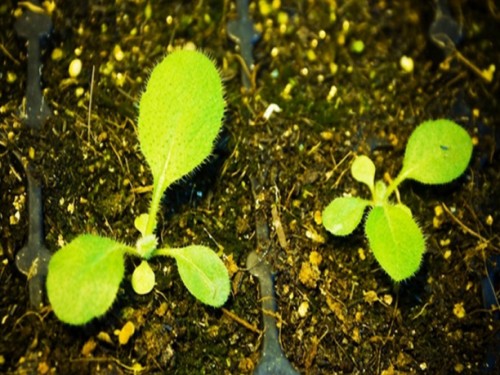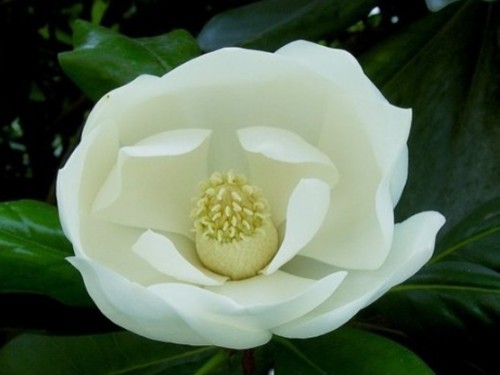The breeding method of black chrysanthemum
The reproduction of black chrysanthemum includes tillage reproduction, cutting reproduction, and ramet reproduction. So how does the black chrysanthemum breed?
1. Cultivation and reproduction of black chrysanthemum:
The cultivation and reproduction of black chrysanthemum is usually carried out in spring and autumn. It can blossom in June and July, cultivate in September in autumn, plant in November, and blossom in May next year.

Select suitable soil for farming, adhere to the temperature above 20 ℃, can sprout in half a month. Maintenance for a period of time, when the seedlings of the black chrysanthemum grow to 4 murmur5 leaves, they can be transplanted, and when the seedlings of the black chrysanthemum survive, they can be maintained normally.
Black chrysanthemum is cultivated and multiplies, and needs to be collected. In August-September, the sophisticated heads of black chrysanthemum are cut, dried and placed in a dry and cool place to remove sundries and select seeds. The selected seeds can be placed in boring, light-sheltered, well-ventilated local maintenance, maintained at a temperature of 5 ℃-10 ℃, and can be stored for a year.
2. Ramet propagation of Chrysanthemum morifolium:
Black-hearted chrysanthemum can also multiply, and ramet reproduction can be carried out in spring and autumn. Ramets usually divide perennial plants.
3. Cutting propagation of Chrysanthemum morifolium.
Cutting propagation is the third way of reproduction of black chrysanthemum. Cutting propagation is carried out in spring or autumn, and new buds sprouting from the roots of black-hearted chrysanthemum are usually selected as cuttings.
Cutting black chrysanthemum in spring can be cut when the germination of black heart chrysanthemum grows to the mercy of 15cm. Cutting black-hearted chrysanthemum in autumn can be carried out after the flowering period of black-hearted chrysanthemum and after the root sprouts.
The common reproduction method of black-hearted chrysanthemum is farming and reproduction.
Sowing: the sowing time of black chrysanthemum is usually in spring and autumn. March in spring and September in autumn are the best sowing time for natural growth. The sowing time is closely related to its natural flowering period: sowing in March in spring, flowering from June to July, sowing in autumn in September, planting in November, and flowering in spring the following year (May to June). In order to ensure that the plant is robust and the flowers are large and colorful, a transplant should be carried out when 4 to 5 leaves grow after sowing.
Cuttings: generally choose the new buds sprouting from the roots as cuttings, which can be carried out in spring or autumn. It should be carried out when the bud is about 15 cm in spring and after the rhizosphere sprouts after flowering in autumn.
Ramet: it can be carried out in both spring and autumn, and perennial old plants are generally divided.
[notes]
(1) transplanting depth: planting should be shallow rather than deep, with the root neck exposed to the surface, too deep planting is easy to cause root neck rot.
(2) ramet: for perennial plants, it is necessary to force ramet, otherwise it will weaken the growth and affect flowering.
(3) seed harvest: the harvest site is the head of Chrysanthemum morifolium. Usually from August to September every year, most of the ripe heads of achenes are cut, dried and placed in a dry and cool place, concentrated to remove impurities, the seeds are selected, and the seeds are stored in a dry place with good ventilation and ambient temperature of 5: 10 ℃.
Time: 2019-06-10 Click:
- Prev

Seed sowing method of Chrysanthemum morifolium
Black-hearted chrysanthemum is a perennial herb, belonging to the genus Chrysanthemum of Compositae. The height of the product is 60-100 cm and the florescence is from June to October. Ligulate flowers yellow, sometimes with brown yellow bands, tubular flowers dark brown. Stem stout, pubescent, slightly branched, winged. Alternate leaves rough, long elliptic to narrowly lanceolate
- Next

Sowing method of Magnolia Magnolia (Magnolia Magnolia)
Magnolia magnolia, also known as Magnolia Magnolia, Magnolia magnolia, Magnolia evergreen trees of Magnolia, Magnoliaceae, Magnolia, Mag Magnolia magnolia or Magnolia magnolia can be used as rootstock for grafting
Related
- Fuxing push coffee new agricultural production and marketing class: lack of small-scale processing plants
- Jujube rice field leisure farm deep ploughing Yilan for five years to create a space for organic food and play
- Nongyu Farm-A trial of organic papaya for brave women with advanced technology
- Four points for attention in the prevention and control of diseases and insect pests of edible fungi
- How to add nutrient solution to Edible Fungi
- Is there any good way to control edible fungus mites?
- Open Inoculation Technology of Edible Fungi
- Is there any clever way to use fertilizer for edible fungus in winter?
- What agents are used to kill the pathogens of edible fungi in the mushroom shed?
- Rapid drying of Edible Fungi

